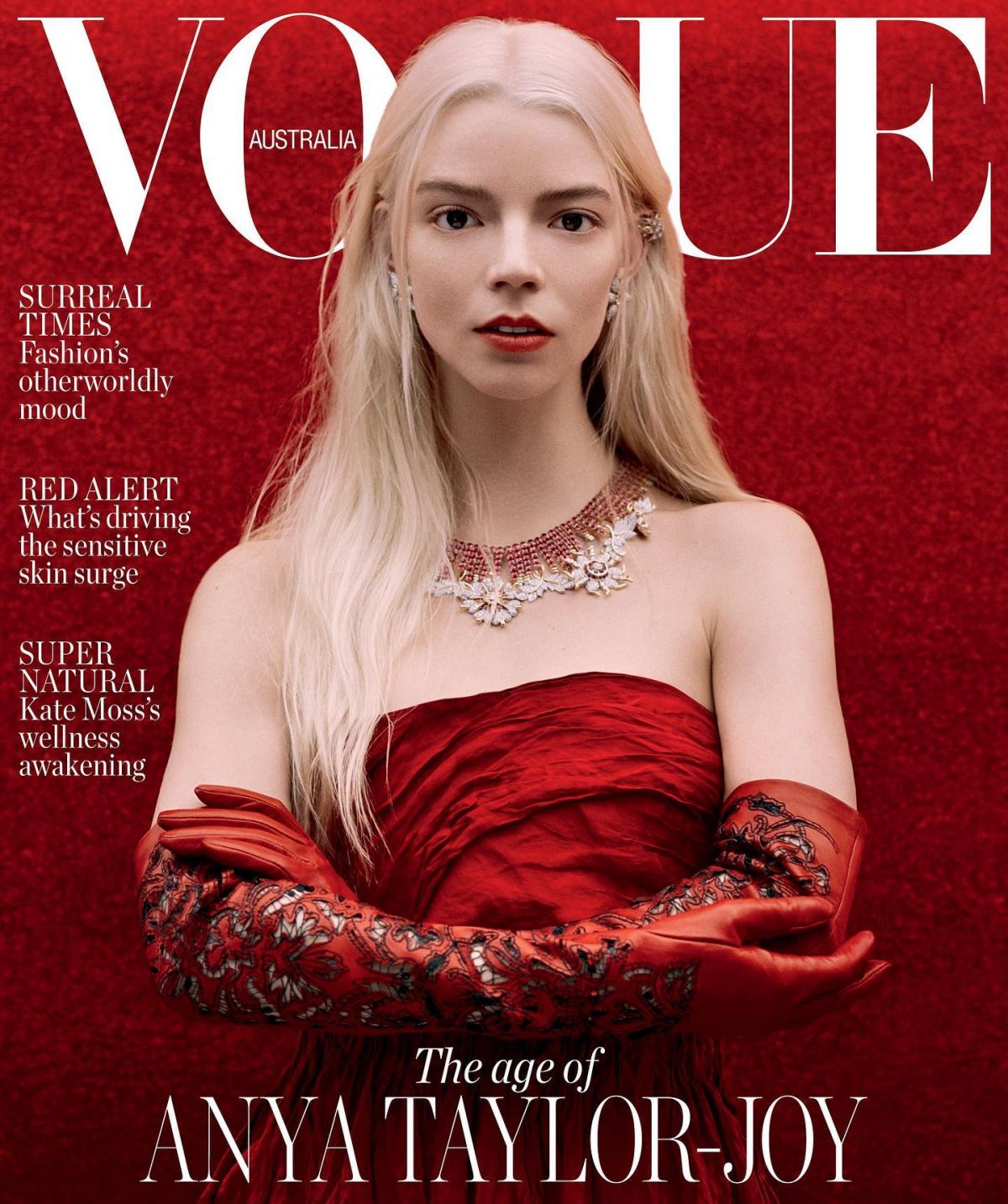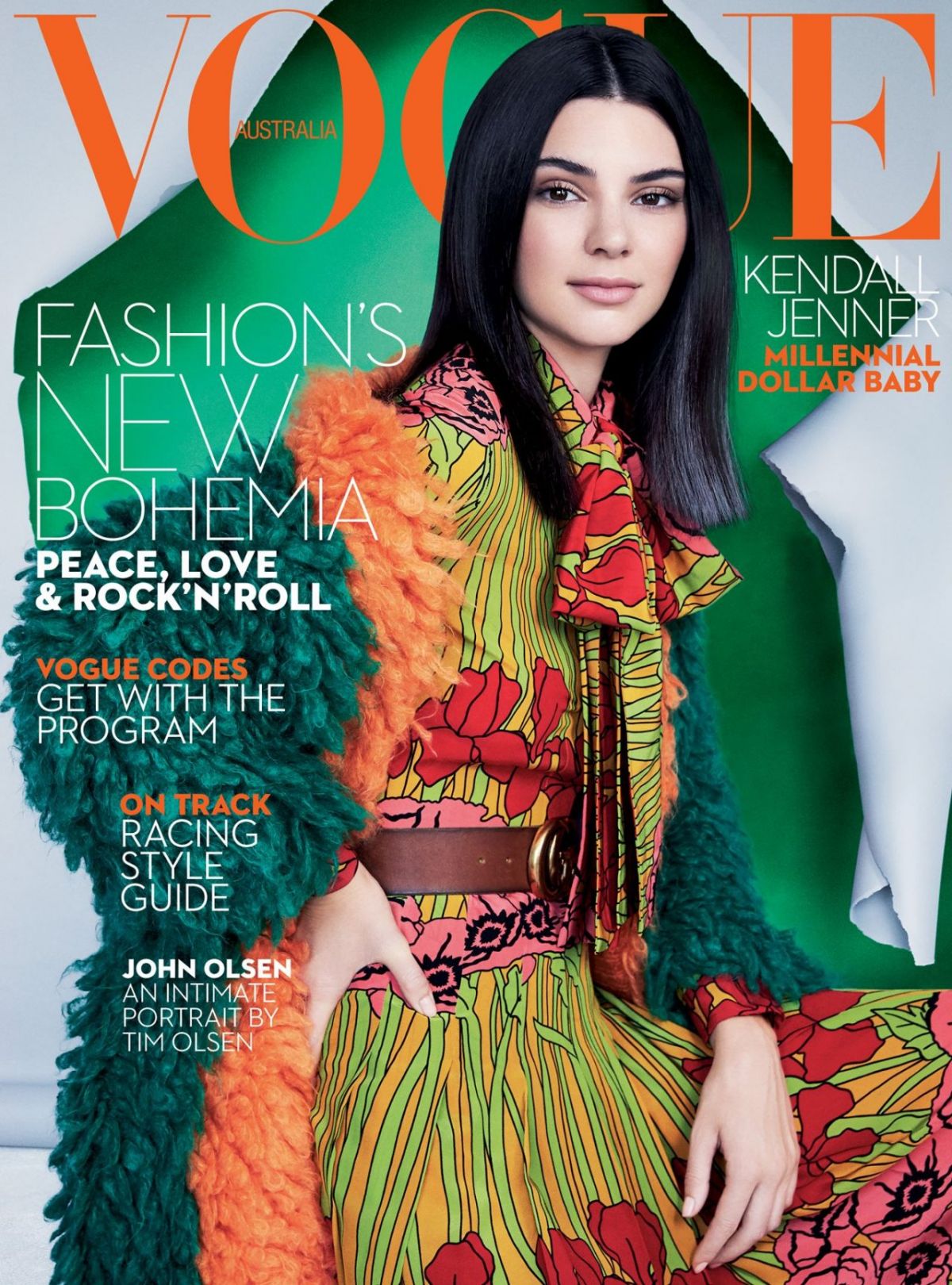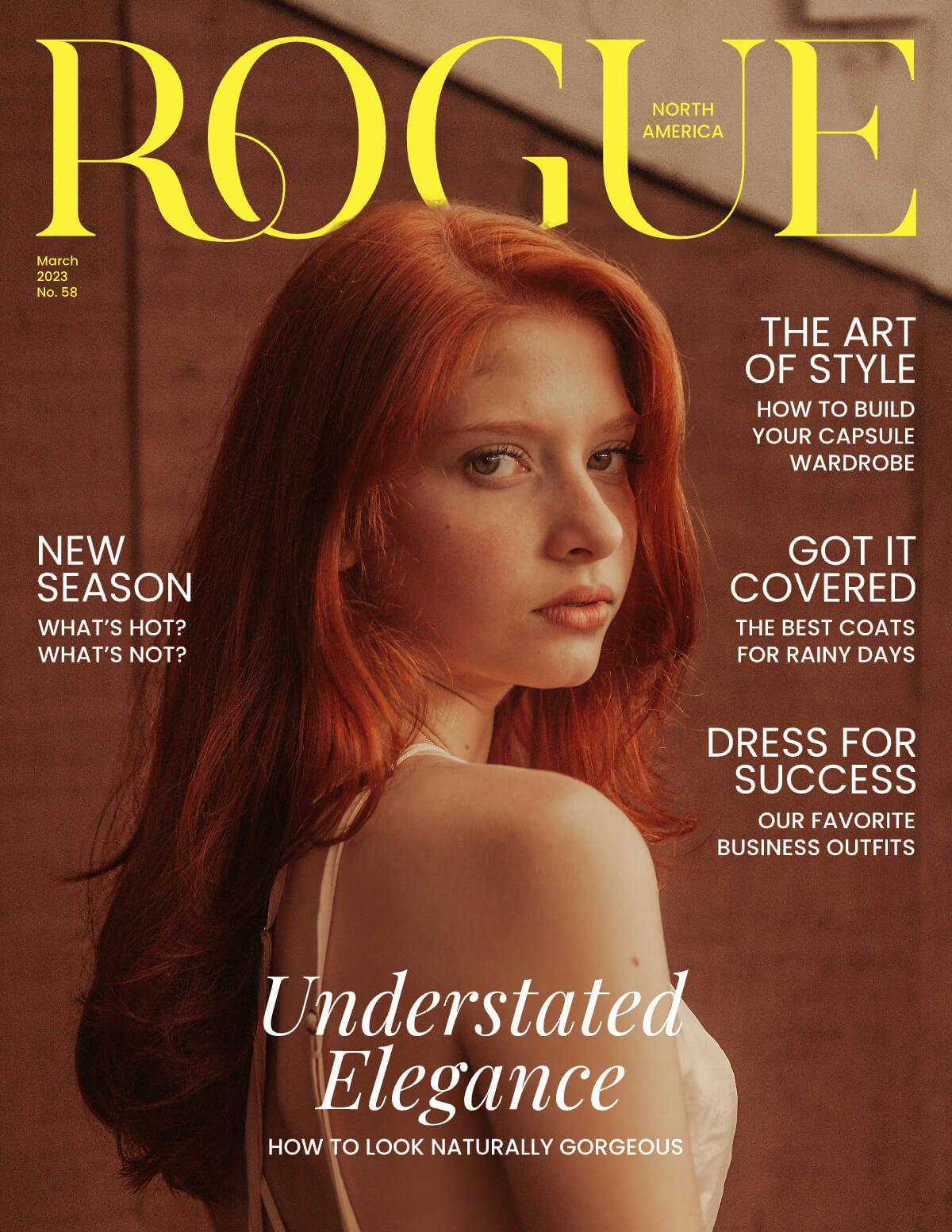Magazine For Toddlers - A World Of Discovery
For many parents, finding truly enriching activities for their little ones, especially those that encourage a love for books and learning from a very young age, can feel like a bit of a quest. It's almost as if we're all looking for that one special thing that will captivate our children's minds without relying on screens. Well, as a matter of fact, there is a wonderful option that has been around for a while, offering a quiet, engaging way for young children to explore and grow: magazines made just for toddlers.
These publications, you know, are more than just pretty pictures; they are thoughtfully put together to help babies and toddlers begin their reading journey, sparking curiosity and developing important skills even before they can say many words. They offer a tangible, colorful experience that's so different from the quick flashes of digital content. It's about slowing down, spending time together, and discovering something new on each page, which is pretty neat.
Think about it: a regular delivery of fresh, exciting material right to your door, ready to be explored. It's a simple pleasure, really, something that can fit so easily into your daily routine. These magazines are, in some respects, a gentle invitation to a world of stories, art, and early learning that both you and your little one can enjoy side by side, making moments that are, arguably, quite special.
- Toni Braxton Concerts
- Netflix Monsters Season 3 Release Date
- Dr Henry Patton
- It Ends With Us Who Does Lily Choose
- Whoopi Goldberg Tyler Perry Movie
Table of Contents
- What Makes a Magazine for Toddlers So Special?
- Do Magazines for Toddlers Really Help with Early Development?
- Babybug Magazine - A Wonderful Start for Little Readers
- What Other Magazines for Toddlers Are There?
- Why Choose a Print Magazine for Toddlers?
- How Do Magazines for Toddlers Encourage Interaction?
- Finding the Right Magazine for Your Toddler
- A Simple Pleasure with Big Benefits
What Makes a Magazine for Toddlers So Special?
There's something truly unique about a magazine made specifically for very young children. Unlike many other forms of media, these publications are typically put together with a deep understanding of what captivates a tiny person's attention and how they learn best. They often feature pages that are sturdy, able to stand up to the curious hands of a toddler, which is quite important. The content is usually very simple, focusing on bright, inviting pictures and short, pleasant rhymes or little stories that are just right for small attention spans. This thoughtful creation helps to keep young eyes glued to the page, and that's a good thing.
Many of these magazines, you know, are designed with the idea that parents and children will look at them together. This shared experience is, in a way, just as important as the content itself. It creates a moment for connection, for pointing at pictures, for making sounds, and for simply being close. It’s a very calm and relaxing activity that can easily become a cherished part of your day, perhaps before naptime or as a quiet start to the morning. It's a bit like having a tiny library delivered right to your home, offering new discoveries with each issue, which is pretty cool.
Moreover, the joy of getting something new in the mail is something even adults appreciate, and for a little one, it can be truly exciting. Imagine the delight when a fresh, colorful magazine arrives, just for them. This regular arrival means there's always something new to explore, preventing boredom and keeping the experience fresh. So, these magazines are, in essence, a consistent source of new material to share with your toddler, keeping their interest piqued and providing ongoing opportunities for discovery.
- Loose Fit Maxi Dress
- Halle Bailey Leaked Nudes
- Black Elvis
- Car Crash Nail Salon Long Island
- Who Is Kelly Barlow Husband
Do Magazines for Toddlers Really Help with Early Development?
It's a fair question to ask whether something as simple as a magazine can truly make a difference in a child's early growth. The answer, as a matter of fact, is a resounding yes. Early exposure to reading materials, even just pictures and simple words, has been shown to have a significant positive impact on how young children develop their language skills and spark their natural inventiveness. It's not just about learning to read words later on; it's about building the foundational blocks for communication and imaginative thought from the very beginning, which is actually quite profound.
Magazines for toddlers often come packed with rich descriptive words, lovely illustrations, and interactive elements like fingerplays, simple games, or even little craft ideas. These features work together to create a multi-sensory experience that engages different parts of a child's brain. For example, looking at a picture of a duck while hearing the word "quack" helps connect sounds with images and words. This kind of active engagement, you know, is far more effective for learning than passive viewing, really. It encourages them to participate, to point, to mimic, and to think, even at a very young age.
The consistent exposure to varied vocabulary, presented in a playful and accessible way, naturally expands a child's word bank. When you read aloud from a magazine, you are modeling language, pronunciation, and the rhythm of speech. This shared reading time, in some respects, becomes a mini language lesson disguised as fun. It helps children understand how stories work, how pictures tell a tale, and how words connect to the world around them. So, yes, these publications are, quite simply, powerful tools for nurturing early language abilities and fostering a sense of wonder in little minds.
Babybug Magazine - A Wonderful Start for Little Readers
Among the many choices available, Babybug magazine, from the very reliable Cricket Media, stands out as a truly excellent first publication for babies and toddlers. It's specifically created for children from six months up to three years old, making it a perfect fit for the earliest stages of development. Cricket Media, by the way, is known for its quality children's publications, so you can generally trust what they put out. Babybug, for instance, is filled with bright, cheerful pictures and very simple rhymes and stories that are just right for little ones to enjoy with their parents, which is lovely.
This particular publication comes out nine times a year, meaning you get a regular stream of fresh content to share. It's also, interestingly enough, a Parents' Choice Gold Award winner from 2017, which speaks volumes about its quality and how well it's received by those who know children's media. The content is carefully curated to encourage a genuine fondness for books and reading right from infancy, which is quite a goal. It's designed to be a gentle introduction to the world of stories, making reading a positive and enjoyable experience from the very start, and that's so important.
Babybug is, in a way, perfectly suited for reading aloud together. It combines a good selection of words, appealing artwork, and engaging activities like fingerplays, simple games, and crafts that you can do with your child. These interactive elements help to make the reading experience more dynamic and memorable. It's, you know, more than just looking at pages; it's about interacting with the story and the pictures in a playful manner. This kind of engagement really helps to solidify the connection between fun and reading for your little one, setting them up for a lifelong love of books.
What Other Magazines for Toddlers Are There?
While Babybug is a fantastic choice, the world of magazines for toddlers and young children is actually quite rich and varied, offering something for almost every interest. For instance, Highlights for Children publishes magazines that are put together to show little ones the pure happiness of reading. They often include activities that are designed to be both fun and educational, like their "Find It" or "Hidden Pictures" booklets, which are pretty famous. These are great for younger kids who aren't yet reading on their own, but can enjoy looking through the pages with an adult or even independently, pointing out things they see.
Then there are publications that spark an interest in the natural world, like Ranger Rick Cub and National Geographic Kids. These magazines are filled with amazing photographs and information about animals, conservation, different places, and science. They might include science projects, puzzles, games, and stories that not only entertain but also help build creative thinking and problem-solving skills. Some even allow kids to send in their own drawings or writings for a chance to be featured, which is a wonderful way to encourage their own creative expression, so it's a very engaging concept.
For slightly older toddlers and preschoolers, publications like The Week Junior are doing amazing things, helping hundreds of thousands of kids across the country to love reading, develop their own ideas, and find their unique voice. This kind of publication, you know, goes a bit deeper, offering quality articles and interviews alongside all the fun interactive bits that keep children interested. It's clear why so many children and their families enjoy these magazines; they offer a blend of learning and fun that is, arguably, quite balanced. You can often find more information about these kinds of toddler magazine subscriptions online, to see which one might be the best fit for your family.
Why Choose a Print Magazine for Toddlers?
In a world increasingly filled with screens, choosing a physical, print magazine for your toddler might seem a little old-fashioned to some, but there are actually very good reasons for it. A print magazine offers a sensory experience that digital devices simply cannot replicate. The feel of the paper, the turning of the pages, the smell of the ink – these are all part of the experience that helps a child connect with the material in a different way. It’s a very tangible item that they can hold, manipulate, and truly own, which is quite important for their development.
Moreover, print magazines offer a calm, focused activity without the distractions of notifications, pop-up ads, or the endless stream of content that digital platforms often present. When a child is looking at a magazine, they are typically focused on that one thing, which helps to build attention spans and concentration. There are no flashing lights or sudden sounds to pull their attention away, just the quiet exploration of the pages. This can be a very welcome break from the overstimulation that many young children experience in their daily lives, offering a moment of peace and quiet engagement, which is, you know, really valuable.
For parents, print magazines also offer a simple, enjoyable way to relax with their child. There's no need to worry about battery life, Wi-Fi connections, or screen time limits. You can simply grab a magazine and settle down together, whether you're at home, waiting in the car, or just having a quiet moment after school. This ease of use makes them incredibly convenient and a ready source of entertainment and learning. It’s a bit like having a ready-made activity always on hand, which is pretty handy for busy families.
How Do Magazines for Toddlers Encourage Interaction?
Magazines for toddlers are, by their very nature, designed to be interactive, though perhaps not in the way we typically think of "interactive" in the digital sense. Their interactivity comes from the way they invite participation from both the child and the adult. For instance, many issues include simple contests where kids can send in their drawings or questions for the magazine to answer. This provides a real sense of involvement and ownership, making the child feel like a part of the magazine's community, which is actually quite empowering.
Beyond formal contests, the very act of reading a magazine with a toddler is a highly interactive experience. You might point to a colorful animal and make its sound, or ask "What color is this?" You might trace shapes with your finger, or count objects on a page. The magazines themselves often prompt these interactions with questions embedded in the text or with activities like "find the hidden object." This back-and-forth engagement helps to build conversation skills, encourages observation, and strengthens the bond between parent and child. It’s a shared discovery, really, where both parties are actively participating, which is very cool.
Many publications also include practical, hands-on activities like simple fingerplays, games, or craft ideas that extend beyond the pages themselves. These activities encourage physical interaction, fine motor skill development, and creative expression. For example, a magazine might show how to make a simple paper craft related to a story, or suggest a game that can be played using items found around the house. These extensions make the magazine more than just something to look at; they turn it into a springboard for further play and learning, which is, in some respects, quite clever.
Finding the Right Magazine for Your Toddler
With so many wonderful choices available, picking the perfect magazine for your toddler might seem a little overwhelming at first. However, thinking about your child's current interests and developmental stage can really help narrow down the options. If your little one is captivated by animals, a nature-focused magazine like Ranger Rick Cub might be a great fit. If they love stories and rhymes, something like Babybug would be ideal. It's about matching the content to what already excites them, which tends to make the experience more enjoyable.
Consider the age range each magazine suggests. While some are perfect for infants and very young toddlers, others are more suited for preschoolers who are beginning to show more independence in their reading habits, even if they're just looking at pictures. Publications like Highlights, for example, have different versions for various age groups, ensuring the content is just right for where your child is in their learning journey. You want something that will challenge them just enough without being too difficult or too simple, you know.
Also, think about how you plan to use the magazine. Are you looking for something sturdy that can withstand a lot of handling? Are you hoping for lots of interactive elements, or more straightforward stories? Many magazines offer trial subscriptions or sample issues, which is a great way to "try before you buy." You can also read reviews from other parents or check out online descriptions to get a better sense of what each publication offers. Ultimately, the "best" magazine for toddlers is the one that brings joy and sparks curiosity in your own child, which is pretty much the goal.
A Simple Pleasure with Big Benefits
In the grand scheme of things, few activities with your toddler are as straightforward or as genuinely pleasant as simply relaxing together with a good magazine. It’s a quiet moment, a shared experience, and a gentle introduction to the world of reading and discovery. These publications are, in a way, little packages of joy, delivered regularly, offering fresh material to explore and discuss. They provide a wonderful alternative to screen time, fostering a love for tangible books and the magic of stories from a very early age, which is, you know, quite a gift.
From the colorful images that are sure to bring a smile, to the simple rhymes that help with language development, magazines for toddlers offer a surprising depth of benefits. They are designed to spark curiosity, encourage imagination, and build important skills like critical thinking and creativity through engaging stories, puzzles, and activities. Whether it's submitting their own artwork, answering questions, or simply enjoying a quiet moment of shared reading, children truly connect with these publications in a meaningful way, which is, arguably, very important.
So, if you're looking for a simple yet profoundly enriching activity for your little one, consider bringing a magazine for toddlers into your home. It’s a modest investment that yields big returns in terms of early literacy, language growth, and shared moments of connection. These magazines are, quite simply, a testament to the enduring power of print to captivate young minds and foster a lifelong appreciation for learning and stories. It's a very simple thing that can make a really big difference.
- Shirts To Match Shoes
- Singer Of Oingo Boingo
- A Snipers Dream
- Famous Female Tattoos
- Flash Floods In Slot Canyons

ANYA TAYLOR-JOY for Vogue Magazine, Australia October 2022 – HawtCelebs

KENDALL JENNER in Vogue Magazine, Australia Octobre 2016 Issue - HawtCelebs

How To Make A Vogue Style Magazine Cover Design | kittl